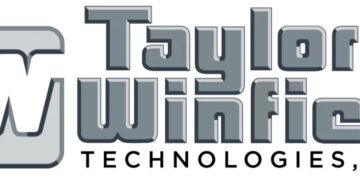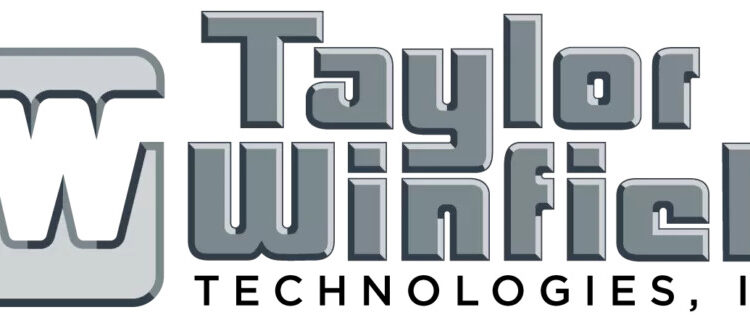Arc welding machines play a pivotal role in joining metals across various industries. As a reliable arc welding machine supplier, Taylor Winfield provides cutting-edge arc welding solutions. In this comprehensive guide, we delve into the intricacies of arc welding machines, their operation, suitable metals, and the impact of well-manufactured machines on work efficiency.
What Is Arc Welding?
Arc welding involves using an electrical arc to heat and melt metal, allowing it to fuse together. The process relies on an electrode held close to the metal, with an applied electrical voltage creating the arc. The intense heat generated by this arc melts the metals, enabling fusion. Arc welding encompasses various techniques, including stick (SMAW), MIG (GMAW), TIG (GTAW), and flux-cored arc welding (FCAW).
How Does Arc Welding Work?
- Components of an Arc Welder:
- Electrode and Electrode Cable: The electrode conducts the current and melts during welding.
- Ground Cable and Clamp: Ensures proper grounding for safe operation.
- Power Supply: Provides AC or DC to sustain the arc.
- Metal Workpieces: The materials being joined.
- Arc Formation and Heat Generation:
- An electric arc forms between the electrode and the workpiece.
- The intense heat (around 6,500°F) melts the metals, allowing fusion.
- However, molten metal can react with atmospheric gases, leading to defects.
- To prevent this, shielding gas or flux is used to protect the molten pool.
- AC vs. DC Currents:
- Direct Current (DC): Flows in one direction, inducing magnetic fields.
- Alternating Current (AC): Reverses direction multiple times per second.
- Monitoring voltage and current variations during welding is crucial.
Commonly Welded Metals
- Steel:
- An iron-carbon alloy, widely welded in various grades and strengths.
- Aluminum:
- Lightweight but requires precise heat control to avoid burn-through.
- Stainless Steel:
- Known for corrosion resistance, commonly used in food processing and medical applications.
Impact of Properly Manufactured Machines
- Consistent Performance:
- Well-manufactured arc welding machines ensure consistent output.
- Precise voltage and current control lead to reliable welds.
- Reduced Errors and Rework:
- Properly calibrated machines minimize mistakes, reducing rework.
- High-quality welds are achieved in the first attempt.
- Enhanced Productivity:
- Reliable machines improve arc-on time, boosting overall productivity.
- Efficient welding processes save time and resources.
Conclusion
Arc welding machines are the backbone of metal fabrication. Taylor Winfield’s commitment to excellence ensures that properly manufactured machines enhance productivity, reduce errors, and create durable welds. Whether you’re in automotive, construction, or aerospace, choosing the right arc welding machine is essential for successful metal joining.
Trust Taylor Winfield for cutting-edge arc welding solutions that elevate your work. ????????













































